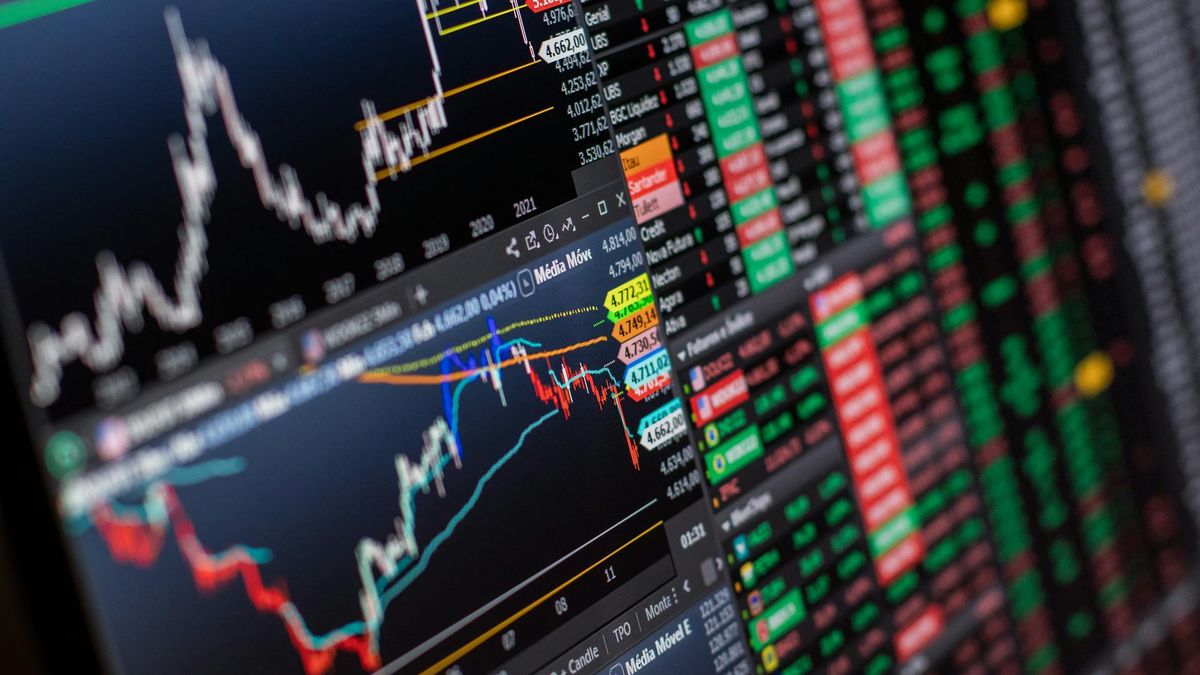Foreign direct investment was 5.5% of GDP last year, and closed its best year since 2010, offsetting the current account deficit.
The foreign direct investment (FDI) of 2023 reached 5.5% of the Gross Domestic Product (GDP) and was the largest since 2010, according to information released by the Central Bank of Uruguay (BCU) within the Balance of Payments and International Investment Position Report corresponding to the last quarter of last year.
The content you want to access is exclusive to subscribers.
The FDI It has been an important fact not only for the development of the country – key in a year hit by the consequences of the worst drought of the last hundred years in the main productive sector; and also fundamental in the face of the stoppage of the refinery Ancap and the completion of the plant UPM 2—, but also in relation to the exchange rate which is positioned as a central topic of debate in 2024.


In that sense, the BCU published the figures reached in terms of foreign direct investment during 2023, which represented 5.5% of GDP. This meant “its highest level for a year-end since 2010,” according to the economist at the Center for Development Studies (CED), Ignacio Umpierrezon their social networks.
Embed
Foreign Direct Investment (FDI) closed 2023 at its highest level for a year-end since 2010 (5.5% of GDP), leaving behind the UPM effect.
This more than compensated for the current account deficit (3.6% of GDP), accentuated by the drop in exports due to the drought. pic.twitter.com/5F73Ad6dzf
— Ignacio Umpiérrez (@IgnacioUmpierez) April 1, 2024
This amount of FDI, for its part, “more than compensated the current account deficit (3.6% of GDP), accentuated by the drop in exports due to the drought,” said the specialist. This deficit was 0.3% less than in 2022, a record year for the placement of Uruguayan goods and services abroad, a figure that reflects the significant impact that FDI had in a complex year for the export sector — an even greater weight if It is considered that the public sector It deepened its deficit from 2.8% to 3.1% of GDP.
He external financing balance, meanwhile, was 1.9%. In turn, service exports totaled 6,210 million dollars, which meant a positive variation of 11.5% compared to 2022, thanks to the significant incidence of inbound tourism, which increased by 39%.
FDI, good or bad news?
Although every investment in the country has its share of positivity as it represents development, growth and, almost always, employment in the territory – in addition to the generation of new tools for the economy and national production, in the medium and short term – , in the case of Uruguay comes with an addition that many view with bad eyes: the pressure on the exchange rate.
The relationship is quite linear, at least in theory: the FDI implies a significant influx of dollars into the country, which increases the greenback offer in a market in which demand cannot catch up. Consequently, the value of the currency falls in relation to the peso — which, in addition, is strengthened by the confidence of international investors.
This is the scenario that is currently going through Uruguay according to the explanations of the government, the monetary authorities and the country’s main economists. That is, the exchange rate delay responds to the high levels of FDI. Therefore, the data published by the BCU may generate greater concern in this sense, especially if they are maintained during 2024, where the fall in the dollar is already 2.99% so far this year.
Source: Ambito




